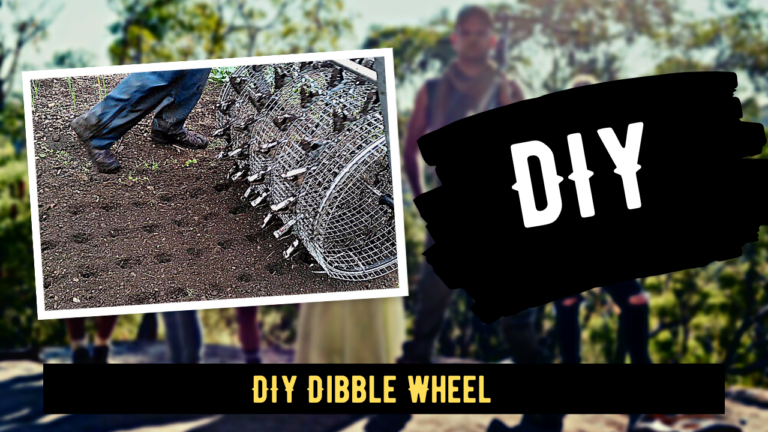Are you looking for a simple project to do in your spare time? Do you enjoy making things with your own two hands? If so, then this blog post is perfect for you! Today we’re going to show you how to make a dibble wheel, an easy-to-make tool that can help you with gardening and other outdoor projects. Let’s get started!
What Is a Dibble Wheel?

A Dibble Wheel is an attachment for a wheel hoe that is used to make impressions in the soil for planting. It has 12 holes and can be arranged for plant spacing of 4″, 8″, 12″, 16″, 24″ and 48 inches.
The Double Rolling Dibbler is used to make impressions in the soil for more precise planting and can be attached to the Hoss Wheel Hoe.
The additional function of the mesh roller is the ability to mark out or even dibble holes into a prepared bed ready for planting.
DIY dibble wheels can be made using a wooden wheel with nails or screws arranged in a circle around it.
Gathering Materials and Tools

To make a DIY dibble wheel, you will need the following materials and tools: a drill, drill bits, screws, washers, nuts, bolts, a saw or jigsaw, a ruler or measuring tape, wood glue, wood screws or nails, and wood.
You may also need some additional items such as sandpaper and paint.
Additionally, you may need to purchase some specialty parts such as wheels or axles depending on the design of your dibble wheel.
Preparing the PVC Pipe
It is possible to make a DIY paddle wheel using PVC pipe.
To prepare the PVC pipe, you will need to cut it into the desired length and shape.
You can then use a heat gun or hot air blower to bend the PVC pipe into the desired shape.
You can also use a PVC pipe bender or jig saw to cut the PVC pipe into the desired shape.
Once you have prepared the PVC pipe, you can attach it to a motor and use it as a paddle wheel for your DIY project.
Constructing the Frame
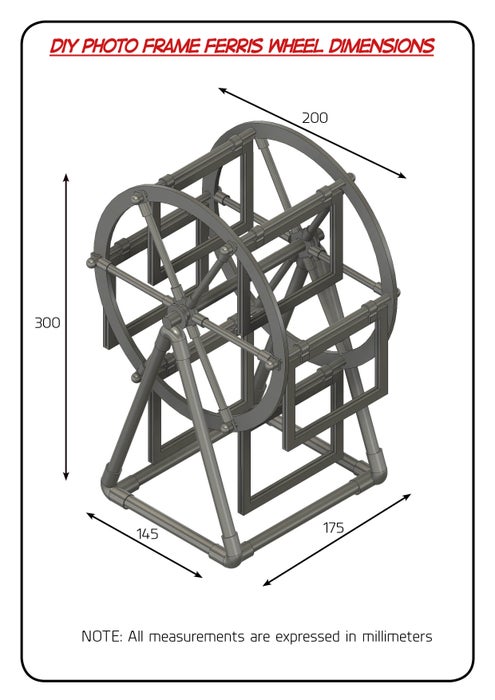
To construct the frame for a DIY dibble wheel, you will need a few basic materials.
You will need a length of steel tubing, some nuts and bolts, and some wood or plastic to make the wheel.
First, cut the steel tubing into four equal lengths.
Then, attach two of the pieces together with nuts and bolts to form an “X” shape.
Next, attach the other two pieces to each side of the “X” shape to form a square frame.
Finally, attach your chosen material to the frame with screws or nails to create your wheel.
Adding Wheels to the Frame

The Infinite Rolling Dibbler frame is available in three widths and allows the user to add as many wheels as necessary to achieve the desired row spacing.
On Dibble Wheels (#7779) are sold separately, and can be added up to 11 Dibble Wheels.
Our Dibble Wheel Attachment for the Hoss Wheel Hoe can also be used to quickly mark out beds and holes in the soil.
Additionally, a DIY Beach Cart – UPDATE video demonstrates how to install wheels onto a dibbler’s handle/frame which attaches at the hubs.
Unfortunately, 650B wheels are an unusual wheel size used on smaller frames and may not be suitable for all applications.
Creating the Dibble Arms
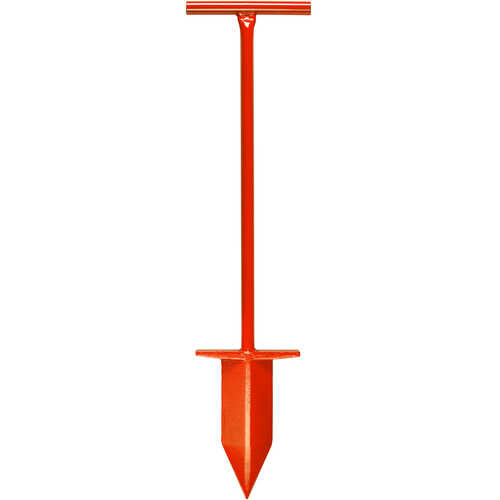
DIY sewer pipe dibble wheel making help sheet, files, and parts are available to help you create the dibble arms for your DIY dibble wheel.
You can also comment on the DIY drum dibbler presentation to get more information.
Additionally, making an extra effort to ensure seed spacing and single/double seeds per hole can reduce seed loss significantly.
To make a modification to the lift point so it runs deeper, you can adjust the lift arms on the rotary motion from a toothed wheel on the arms of the large wheel.
Attaching the Dibble Arms to the Wheel

The Dibble Wheel Attachment for the Hoss Wheel Hoe is a wheel hoe attachment that makes an indention in the soil for putting in transplants or seeds.
Each wheel has adjustable dibbles, with each dibble wheel having 12 holes and may be arranged for plant spacing of 4″, 8″, 12″, 16″, 24″ and 48 inches.
This attachment works on the Single Wheel Hoe, and the dibbles are easily adjustable for several in-row spacing options, and effective for puncturing through plastic mulch.
The position of the arm, and hence the opener’s depth, is controlled independently by a wheel attached directly to the arm or by wheels supporting it.
DIY sewer pipe dibble wheel making help sheet, files, and parts are available to help with attaching the dibble arms to the wheel.
Plant spacing of 3″, 4″, 6″, 8″, 12″, 15″, 22″ and 41″ can be achieved with this one tool! The moisture resistant wooden wheel stores spare dibbles right on it.
Typically these machines are attached to a tractor via a three-point linkage system located in front of the tractor’s front wheels between its front wheels.
Installing the Handlebar Support Assembly
This article will walk through the process of how to remove and install flat handlebar support assembly on a diy dibble wheel.
You will need a few tools such as a wrench, screwdriver, and pliers.
First, you will need to remove the handlebar from the original packaging.
Then, loosen the screws that hold the handlebar in place.
Once you have done this, carefully remove the handlebar from its mounting bracket.
Next, attach the new handlebar support assembly to the mounting bracket and secure it with screws.
Finally, reattach the handlebar to its mounting bracket and tighten all screws securely.
Connecting Everything Together
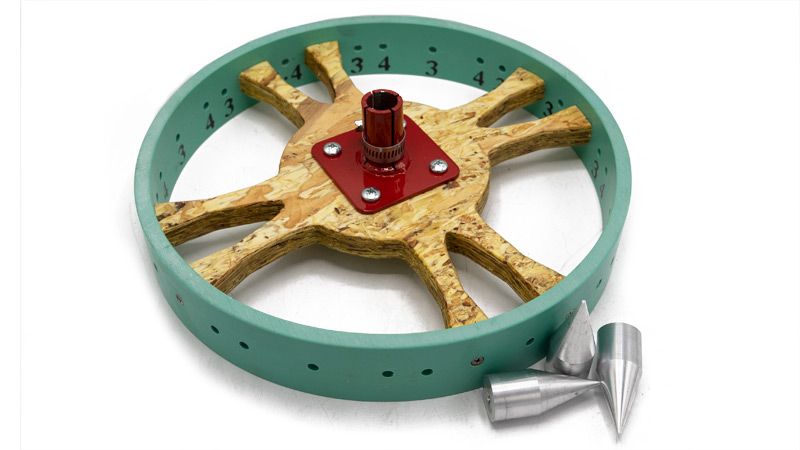
A dibble wheel is a tool used to hand plant tree seedlings.
It consists of a wheel with multiple dibbles attached to it in the size of 1 1/4″ wood.
The dibble wheel is connected to a tractor or planter and can be used to mark the ground for planting.
It is also an effective tool for engaging with one’s audience, fostering a sense of closeness and connection between viewer and presenter.
Other tools that can be used for gardening include bow saws, shovels, rakes, hoes, pruners, and trowels.
Adding a Tray for Carrying Supplies

Yes, you can add a tray for carrying supplies with a DIY dibble wheel.
A dibble wheel is a tool used to make holes in the ground for planting seeds.
You can make your own dibble wheel by attaching a tray to a wheel and adding handles.
This will allow you to easily carry supplies while planting seeds.
You can also purchase pre-made dibble wheels from gardening stores or online retailers.
Finishing Touches and Final Adjustments
Sanding and finishing your dibble requires you to make any final adjustments to the ends of the dibble to touch up a tenon to extend its life.
This will eliminate diseases perpetuated by poor watering in the day so the top of the soil is dry to the touch by the end of the day.
For these adjustments and the same initial loading, a four-bar linkage with a dibble on the end intermittently pierces and lifts soil.
Tips for Using Your New Dibble Wheel

When using your new Dibble Wheel, it is important to ensure that the unit is stable and equally balanced on the wheel.
To do this, when using on the High Arch we suggest getting two of the Single Dibble Wheel Kits.
Additionally, always measure the spacing to be sure it is correct before planting your crops.
It can also be helpful to wet the soil before using your dibble wheel as dry and sandy soils can make it difficult to see the dibble holes.
When not in use, you should fasten the spare dibbles facing inward and secure them with a wheel while fastening the handle with the Dibbler logo stamped on it.
You can also use a trowel as a dibbler in some cases, as well as other equipment dibblers such as water wheels.
Finally, for fast and easy transplanting with your Hoss Dibble Wheel, you should use a 38-1/2″L carbon steel dibble with a 6″L cigar-shaped hollow tip which allows you to remove a 1″ diameter solid core and 12-1/2″L cross handle.
Benefits of Using a DIY Dibble Wheel
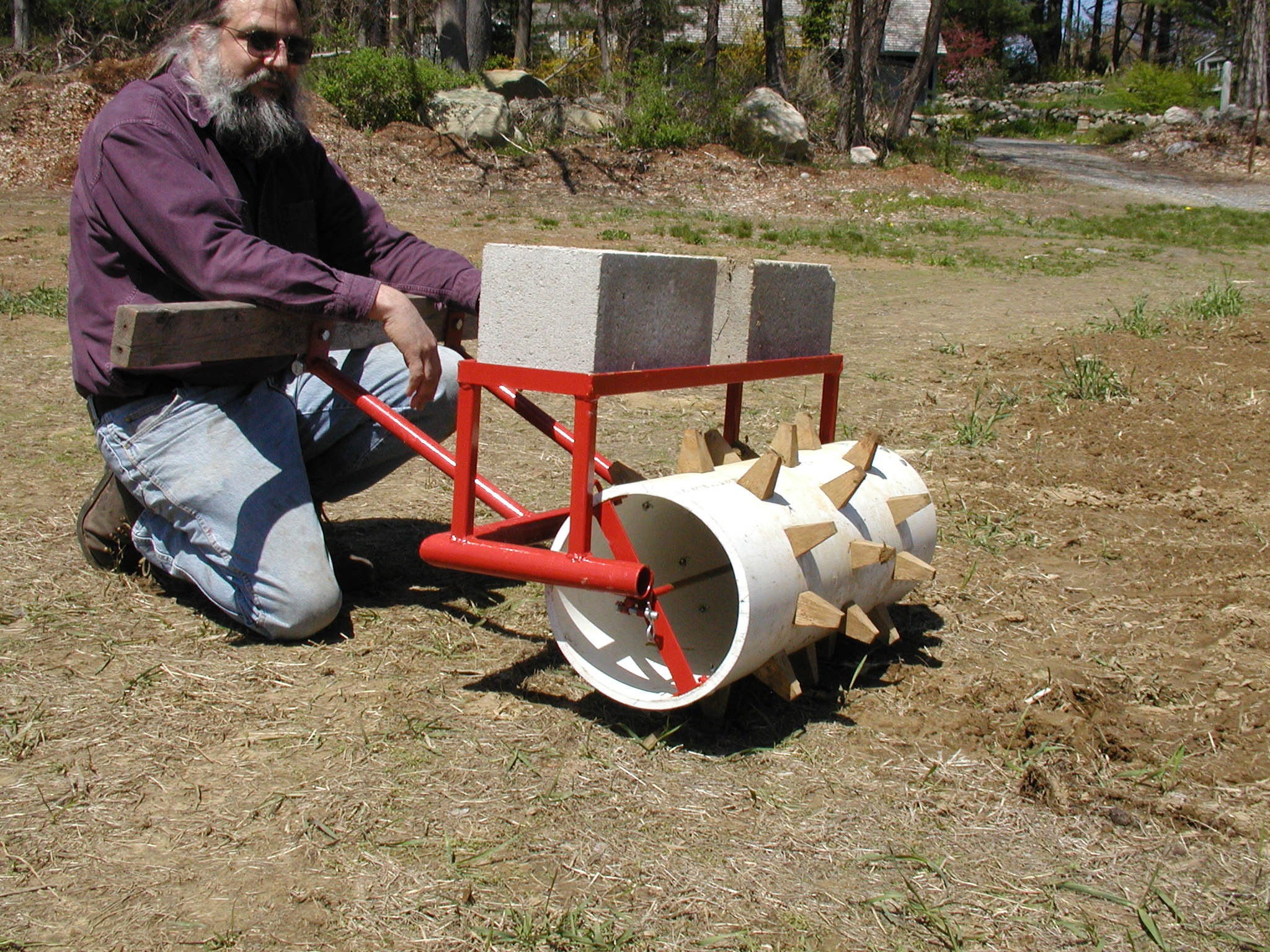
The benefits of using a DIY Dibble Wheel include: improved accuracy and precision when planting, greater control over the depth of the holes, easier and faster planting, and increased efficiency.
The DIY Dibble Wheel also allows for adjustable in-row spacing options, making it easier to plant multiple rows at once.
Additionally, the DIY Dibble Wheel is effective for puncturing through plastic mulch or other materials that may be covering the soil.
Maintenance and Storage Tips
DIY sewer pipe dibble wheel making help sheet is a great resource for creating your own dibble wheel.
It will provide step-by-step instructions on how to make the wheel, as well as tips on how to clean and store it.
Additionally, collapsible linen boxes are a great way to upgrade your file storage and keep your garden tools organized.
Conclusion
The conclusion of this DIY dibble wheel project is that a dibble bar is the best tool to use for hand planting tree seedlings.
Planting slits should be closed properly, and excessive force should not be applied when flaking the soil.
Additionally, germination tests can help determine the best time to plant.
Finally, wheels behind the planter should be slightly tilted in order to properly pack the seedlings and close up the furrow.
